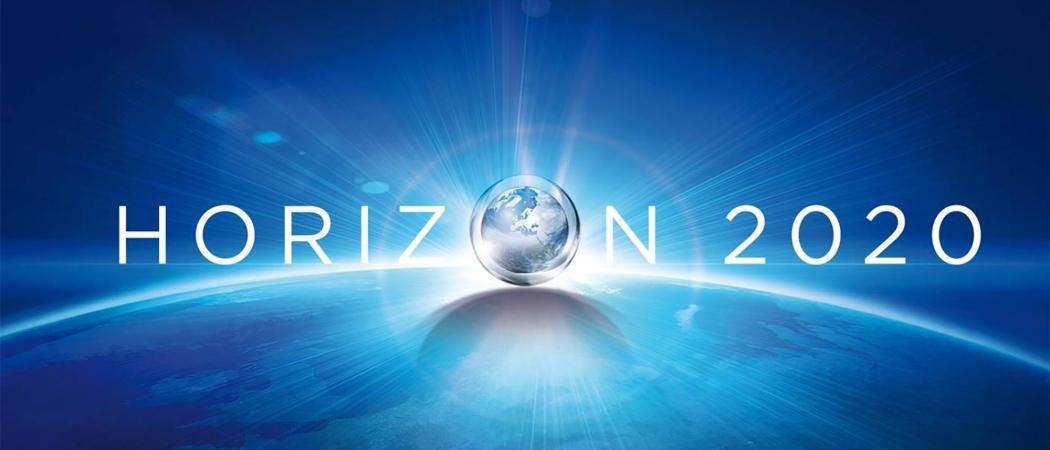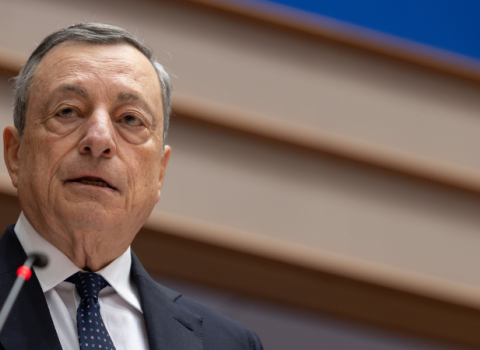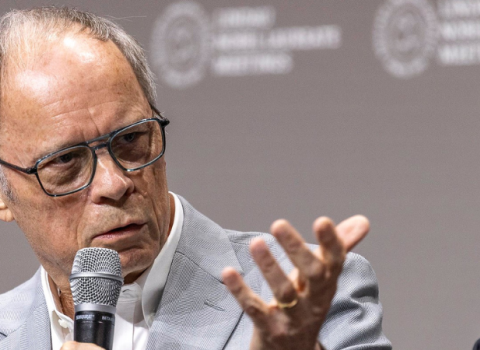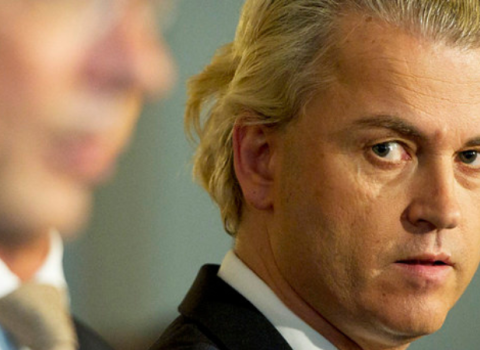Plan for the last three years of the EU R&D programme sees a tighter focus, more funding for research on security and migration, money for foreign researchers and a pledge to do more to help poorer member states develop their science base

The final €30 billion EU Horizon 2020 work programme includes plans to jumpstart a number of new, potentially breakthrough fields, a lighter and more focused set of objectives, with some reordering of priorities toward sensitive security and migration fields, and a broader effort to attract foreign researchers and poorer member states.
The three-year plan will conclude Horizon 2020 – one of the world’s largest publicly funded research programmes and about 8 per cent of the EU budget.
The Commission laid out its ambition to go after some of the highest-risk, highest-reward research projects, from quantum computers and artificial intelligence, to new energy production, conversion and storage devices, and research into the functioning of human cells.
The 2018 - 2020 plan includes mission-led topics that cut across programme boundaries. These cover four political priorities: a low-carbon, climate resilient future; creating a circular economy; digitising and transforming European industry and services; and security union.
Each of the four “will be endowed with a substantial budget to allow for work of sufficient scale, depth and breadth”, with the hope that this extra bit of coordination can contribute to Europe leading the world in these research areas.
The largest sum, €3.3 billion, will target low-carbon contributions to the goals of the Paris climate accord on global warming. As part of this the Commission will invest around €200 million in a search for breakthroughs in battery technologies.
Circular economy research aimed at keeping resources in use as long as possible and then recovering them for reuse, gets €941 million.
Support for digital in all its forms will substantially increase, with over €1 billion of funding. Of this €320 million will go into “open innovation test beds” and €600 million for the next building blocks of the EU-wide cloud-computing network, which proposes to join up existing and new European research infrastructures. There is also the first funding to be allocated to the Commission’s billion-euro quantum computer flagship.
Money will flow to SMEs to test new applications of blockchain, the technology at the heart of digital currencies such as Bitcoin, which creates a digital ledger of transactions, agreements and contracts distributed across several, hundreds or even thousands of computers around the world.
In subsequent months, the Commission will publish invitations for researchers and entrepreneurs to compete for the money, topic by topic.
Touchy territory
Research into aspects of security, covering everything from disaster preparedness to cyber-attacks, digital security and privacy, will get over €1 billion. The majority of member states depend entirely on Horizon 2020 to cover funding for security research, the Commission says, and it represents half of overall public funding for security research in the EU.
A spate of cyberattacks, such as this year’s WannaCry worm that locked up more than 200,000 computers around the world, plus growing concerns over election hacking by foreign states, has convinced the Commission of the need to increase its investment in cyber resilience.
A new European Cybersecurity Research and Competence Centre will be set up to train and recruit specialists. The centre, essentially a network of member state cyber research organisations and labs, will not launch fully until after 2020, but the Commission has proposed €50 million for a pilot.
EU research will also move squarely into one of Europe’s touchiest political areas, with €111 million earmarked for research on the causes and effects of migration, and a further €139 million to be invested in research on governance issues, such as the rise of extremism in the Middle East and Balkans, the strength of democracy, and the future of the post-war order of international organisations.
More for poorer EU countries
The highest proportion of money goes to the sure-fire hits. The European Research Council, a favourite among elite scientists, will continue to support the best curiosity-driven research, the EU Research Commissioner, Carlos Moedas said last week. ERC will award nearly €1.86 billion in 2018, while the popular joint industry-university doctoral Marie Curie programme is also renewed, with €2.9 billion until 2020.
The new European Innovation Council will target the brilliant and underfunded, with grants for research that targets entirely new economic opportunities. Created by pulling together four highly competitive programmes, the SME Instrument, Fast Track to Innovation, FET Open and innovation prizes, the pilot will cost €2.7 billion, with the possibility of more, maybe even much more, to come in the next research programme if the scheme wins enough converts.
The Commission will also do more to help researchers from poorer EU countries, saying the persistent divide in research and innovation performance between member states is a major concern.
Three competitions aimed at boosting less-developed countries, “chairs”, “twinning” and “teaming”, return, and there is also a new “widening fellowships” scheme that will sponsor researchers willing to relocate either to the 10 member states that joined the EU after 2004, or Portugal and Luxembourg.
The widening fellowships scheme is an indication of the pressure the EU is under to demonstrate its big outlay on research does not just benefit the richer, predominantly western countries. The newest member states received just 4 per cent of EU research monies between 2007 and 2013, and they are expected to demand more efforts in the next EU research programme to close the gap between their facilities and those of western scientific powerhouses.
“It is good to see an awareness of the need to address the [problem], and we also welcome the Commission’s commitment to promoting more synergies between Horizon 2020 and the European Structural and Investment Funds,” said Jan Palmowski, secretary-general of the Guild, a university association. But, with just one new scheme, Palmowski said, “It’s not clear to me that this is sufficient in addressing a divide that has not simply been persistent, but it has been growing under Horizon 2020.”
A problem for the Commission more generally is the low success rate of grant applications - at an average of 14 per cent. This is a marked dip compared with Framework Programme 7. “It is important that while Horizon 2020 will continue to fund only excellent proposals, there should also be a reasonable chance of success and that researchers' time spent in preparing proposals is neither wasted effort, nor perceived as such,” the Commission says.
Without a big new injection of cash, or a sudden fall in demand, the Commission does have the means to fix this problem, beyond “more targeted use of two-stage calls” and what is described as “clearer and better-structured expected impact statements”.
Global goals
The work programme includes detail of around 30 initiatives with a total budget of over €1 billion that aim to increase the involvement of foreign researchers during the final three years of Horizon 2020.
Foreign funding into the EU programme is drying up: the number of international grant winners has fallen to 2.2 per cent under Horizon 2020, in contrast to the preceding Framework Programme 7, where almost 5 per cent of grants went to researchers in countries outside the EU.
Existing initiatives involving foreign researchers will be scaled-up. These include the EU-Africa partnership on food, nutrition security and sustainable agriculture; the EU-China cooperation in food, agriculture and biotechnology; and an all Atlantic Ocean research alliance.
New areas of cooperation will include a data sharing initiative for personalised medicine with Canada and collaboration on clean energy through the US Mission Innovation Initiative.
The Commission will use grant money to attempt to defrost the current frigid relationship between Europe and Russia, by pledging money for Russian research labs and travel and subsistence costs for European researchers who want to visit them.
There will be money to develop new algorithms, software, big data analytics, and hardware, developed with Mexican and Brazilian partners who are expected to provide their own funding.
Speaking in Washington DC last week, Robert-Jan Smits, director-general for research and innovation at the Commission, said Europe and the US should cooperate on transport automation. There is a need for more research on the public perception and acceptance of automation, as well as on vehicle liability, Smits said.





 A unique international forum for public research organisations and companies to connect their external engagement with strategic interests around their R&D system.
A unique international forum for public research organisations and companies to connect their external engagement with strategic interests around their R&D system.